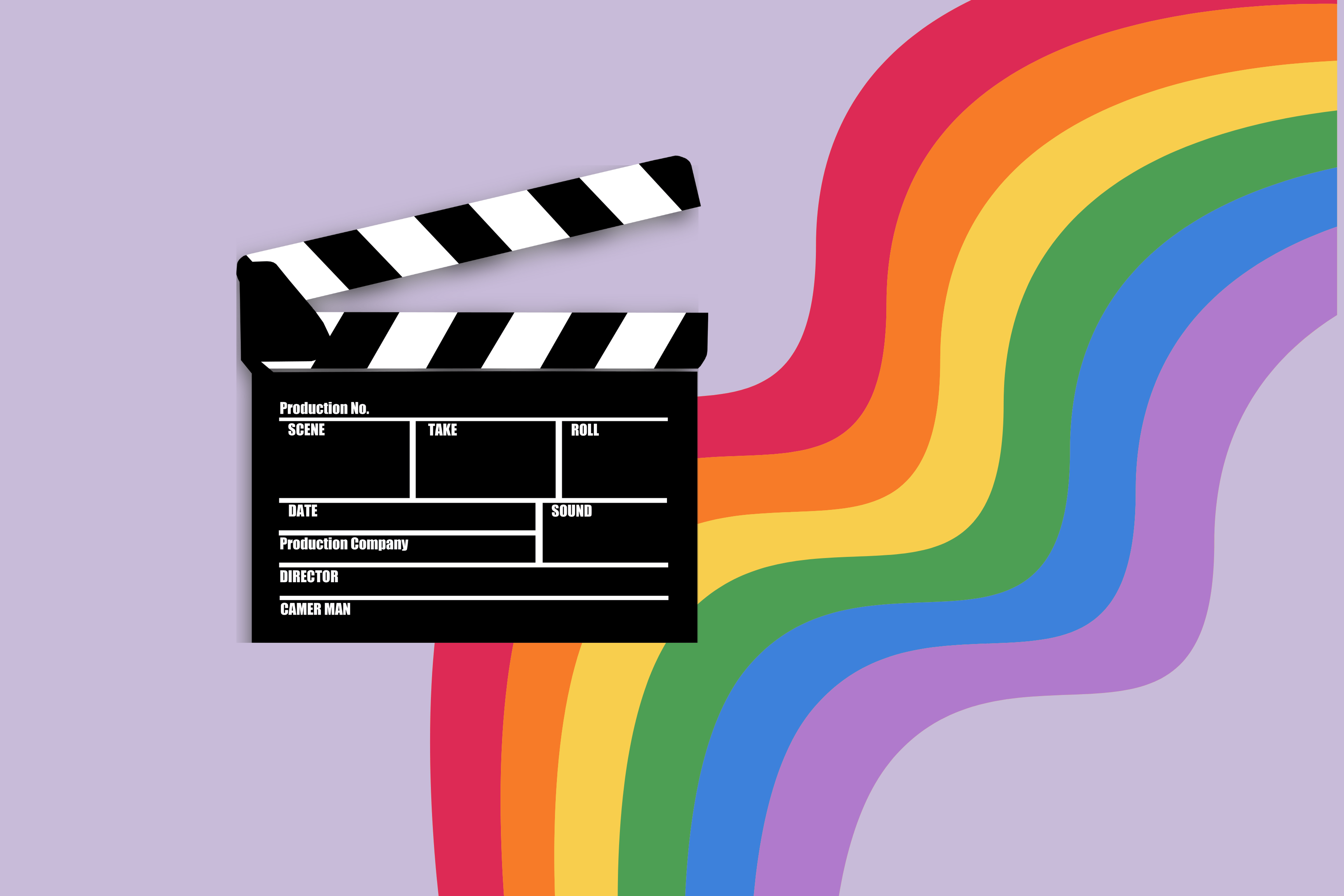Believe it or not, but the queer theatre kid has always been around. From the times of Dionysus and Homer, men dressed in what we now call drag, to mimic parts of women. This was driven by logistical intentions but could be studied retrospectively as the beginnings of queer theatre.
This tradition was taken a step further much later in the works of Shakespeare that had rather well-defined queer inferences. Whether it was the homoerotic relationship between Antonio and Bassianio, or A Midsummer Night’s Dream, where hints of transgressive sexuality are made throughout the piece, queer theatre has come a long way since then.
Payton Oswald, a first-year theatre student and one of the two cast members of the piece, Essays the Role of Jane, plays a woman who has recently discovered her bisexuality. Oswald, who hails from a small town in southern Saskatchewan, places a special importance on representation. Oswald states, “As someone who grew up in a very stereotypical small town community, it has been so phenomenal and fascinating to represent and engage in queer storytelling.”
Looking closer at what a contemporary queer theatre maker had to say about their role in the medium, Hannah Rocca, the creator of “Past Tense” — a piece about two female friends/love interests coming together after a year of not speaking — and a third-year theatre student, had some interesting arguments to make.
When asked about representation in her piece, Rocca says she attempts to “interpret a middle ground” between today’s either idealised or tragic sensibilities within modern queer fiction. “I feel like a lot of queer representation is either very idealized or very tragic, almost like a cautionary tale,” she says.
Rocca believes in creating characters whose personalities are not defined, but rather influenced by the fact that they’re queer. On the surface, this might seem repetitive, but there is a veritable difference between the two. Defining a character by the sole fact that they’re queer slips into territory of performative tokenism. One’s personality being “influenced” by their queerness, however, creates a rounded character, and one that emulates the experience of being queer in the 21st century.
“The way that they are and the way that they move through the world is impacted by the fact that we live in a world where queerness is marginalised,” Rocca says. Hence, it is important to discern the fine line between the two.
The idea came about in April 2021, as they sat listening to Lord Huron’s “The Night We Met”. This is in itself an interesting revelation to study— a song composed by a cishet man, playing to the heteronormative stereotypes of attraction inspires a queer theatre maker to write their next piece.
What I aim to highlight here is the extent of the conditioning of queer folk today — underlying perceptions of love lie in straight relationships. Our reference points for behaviors and attitudes towards romance comes from the predominating idea of heterosexuality. Add to that the layer of the male gaze, the masculine thrust is so pervasive in media and culture that it almost becomes the unrecognized default lens through which the world is viewed.
The systemic propaganda of heterosexuality begins at a very young age. Rocca recounts an instance in her elementary school, where the word “gay” was heard for the first time. This was of course, employed in the context of a joke in a discussion on whether Bert and Ernie from Sesame street were gay. An intrigued elementary schooler, Rocca proceeded to ask the teacher what the word meant, which they immediately shut down.
“Everybody kind of stared at me in a horrified silence. So, that immediately gave me the impression that this is something that has to be pushed aside and ignored,” says Rocca
On a closing note, Rocca says “Representation is one of our greatest weapons against homophobia and queerphobia in general.”


